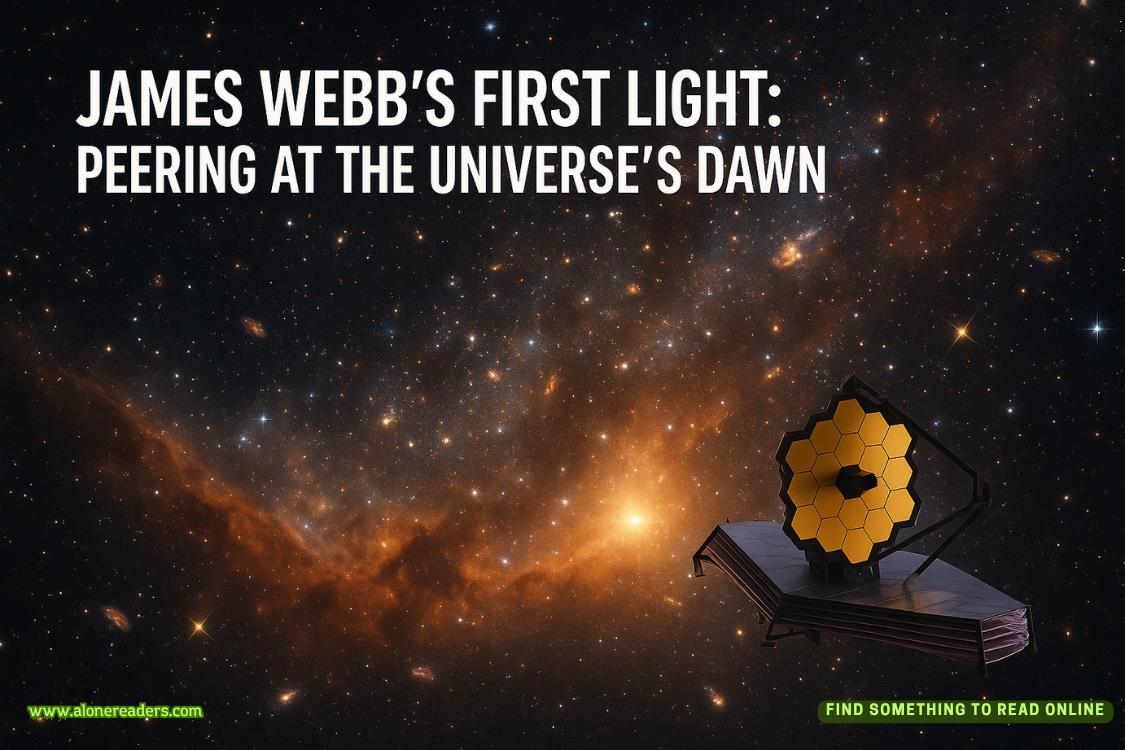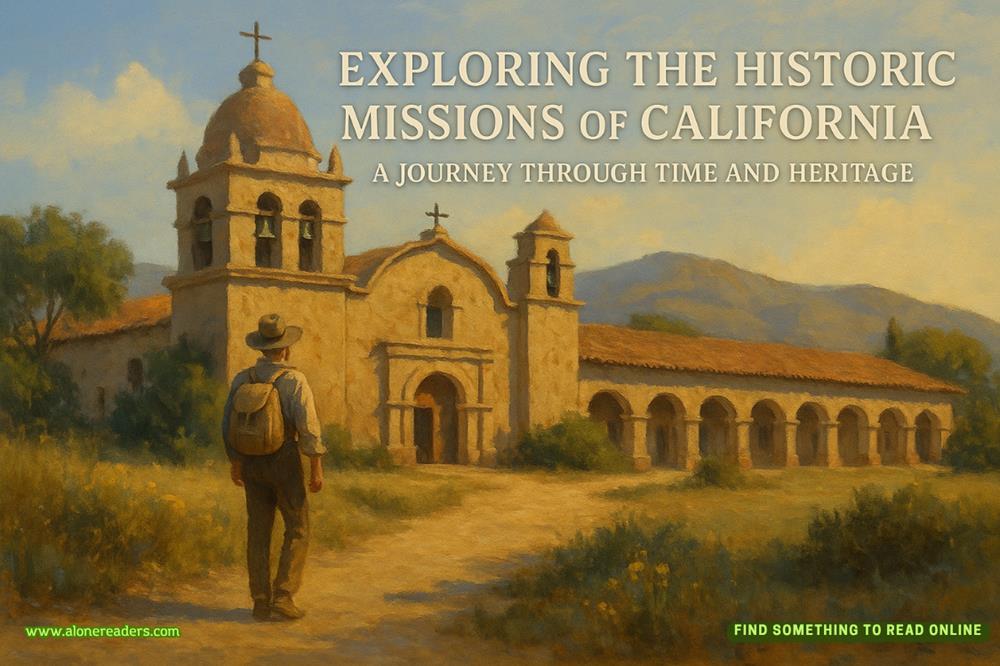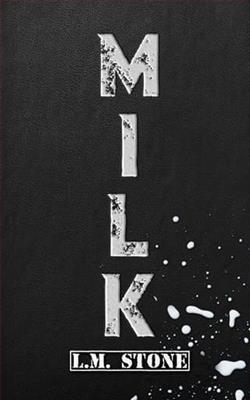Page 13 of Lore and Lust
“Of course. Such a polite young purebred you are… Maybeyoushould be the one giving lessons.”
Haruka’s nose is upturned as he watches the older vampire leave the room. Once he disappears through the doorframe, Haruka drops his expression, studiously focusing on the papers in front of him as if nothing happened. Nino stifles a laugh.What an interesting male…
Opening the leather manuscript cover, Nino skims over the table of contents and other technical notes. He starts reading the first major section.
Article I. Blood
The foundation of all vampiric bonds is consensual, mutual blood exchange through feeding. Both beings must feed intimately from each other, i.e., direct consumption of blood from flesh. Location of consumption is inconsequential. Blood cannot be consumed indirectly or without consent, e.g. violence, force, medical extraction, etc.
Cases of empirical data collected: 11,203
Compilation summary: Showa 1973, December 23
Section 1. Ashikaga Tomoyoshi, Matsunaga Chiyo | Purebred | Nagoya, Japan: Successful bond activation after two months of mutual, consensual feeding as confirmed by Hirano Hatakemori, Chosokabe Morihiro, et. al. Genkyu 1205, February 27.
Nino curiously reads through each account. It’s interesting, but many of the entries are similar. His eyes start glazing over from reading so many archaic Japanese names. He shakes his head to rouse himself.
The library is silent. Bright sunlight warms the space, quietly marking the subtle shift from morning to afternoon. With his hot cup of tea in hand, Nino feels surprisingly peaceful, occasionally stealing a quick glance across the room at Haruka. The dark purebred is focused on writing the confirmation contract at his desk. Aside from the occasional shuffle of papers, he doesn’t make a sound.
Section 5,495. Tanaka Miya, Aisha Patel | First-Generation, Purebred | Tokyo, Japan | Successful bond activation after six months of mutual, consensual feeding as confirmed by Devya Khatri, Nakagawa Rei, et. al. Taisho 1912, October 1.
“Hm.” Nino tilts his head, hesitantly breaking the long-established silence of the room. “Based on this reference book, you get a firm sense of when Japan started integrating with vampires from other countries. That’s pretty neat.”
“All of my grandfather’s entries through the year 1523 are from those vampires of Japanese descent,” Haruka says, his eyes cast down as he writes. “My father’s entries are much more diverse. He also traveled abroad for a short time and collected accounts from various mated couples internationally. He seemed to have a genuine passion for this research.”
Despite himself, Nino chuckles. “Or maybe he just liked watching?”
Haruka abruptly stops writing and looks up at him, his brown eyes flat. “May I emphasize that not all accounts in the book are first-hand.”
“I’m sorry, I honestly just meant that as a joke—not funny. Sorry.” Nino scratches his head and returns his gaze to the book, flipping further along in the section.Stupid, Nino. Nice job, you ass.
“No apology is necessary,” Haruka assures him, offering a little smile. “Later, the research becomes undeniably… detailed? Even I questioned my father’s motives at times. It is valuable information—though inelegant.”
Grateful for the reassurance, a subtle warmth slowly fills Nino’s chest. “Do you have first-hand accounts written in here?” he asks.
Haruka sighs and sits back in his chair. He stares vacantly across the room. “Only one. Afterward, I discontinued the practice of formal confirmations under my realm. I firmly believe that vampires should bond privately and at their own discretion.Notin a fishbowl.”
“Couldn’t agree more,” Nino says, scanning another entry. “I wonder what that was like back then? Even though our culture is non-discriminate about race and gender, humans during that time definitely were—still are. How did those vampires manage? Especially couplings of the same gender.”
Haruka folds his arms, his brow furrowed. “I imagine it was extremely difficult. Our presence as creatures genetically contrasted with humans was a myth until the 1800s—something only expressed among humans as folklore or through the hysterics of an escaped victim. Ourexistencewas still hidden at that time, let alone the added, complex layers of race and sexuality.”
“Sounds like hell. I’m grateful to be born in this era where we can be free.”
“I echo your sentiments,” Haruka says. “But many humans still face these challenges in certain geographic areas, although they have made undeniable progress as a race overall.”
Nino flips another page, then exhales a frustrated sigh. He can’t hold it in any longer. “Haruka… can I ask you a question?”
Haruka pauses, guarded in his expression as he returns Nino’s gaze. “Yes?”
“Wouldn’t it have been more convenient to arrange this information by chronological order, and thenby each couple’s bloodline rank?”
Haruka blinks. “What?”
Standing, Nino walks to meet him at his desk, book in hand. He lowers the manuscript to Haruka’s field of vision. “If I wanted to know data for all purebred couples—meaning a purebred mating with a purebred, versus a first-gen coupling or a third-gen coupling—it’d be impossible to tell with the way you have this set up. How can I know for certain if the success rate among first-gen couples is any better than between a first-gen and purebred couple? What if someone asked a question about a particular mated couple in a time span? It’d take forever to find them this way.”
In Nino’s analytical mind, it makes the most sense: organize the information in one overarching way, then another within it to create even more specific, streamlined results.
Haruka’s confused expression slowly morphs into one of indignation. When his dark eyebrow dramatically arches up his forehead, Nino instinctively takes a step back.















